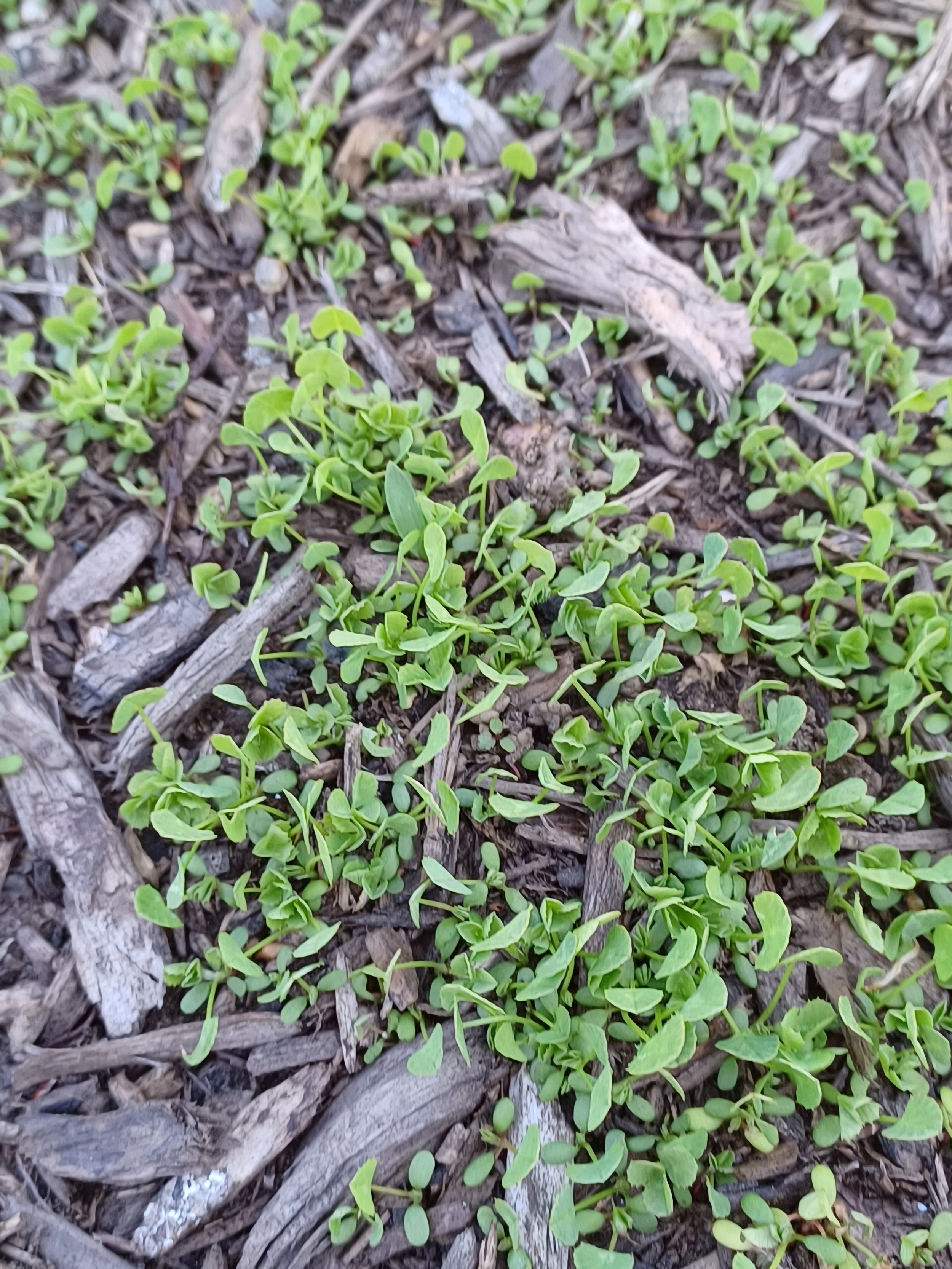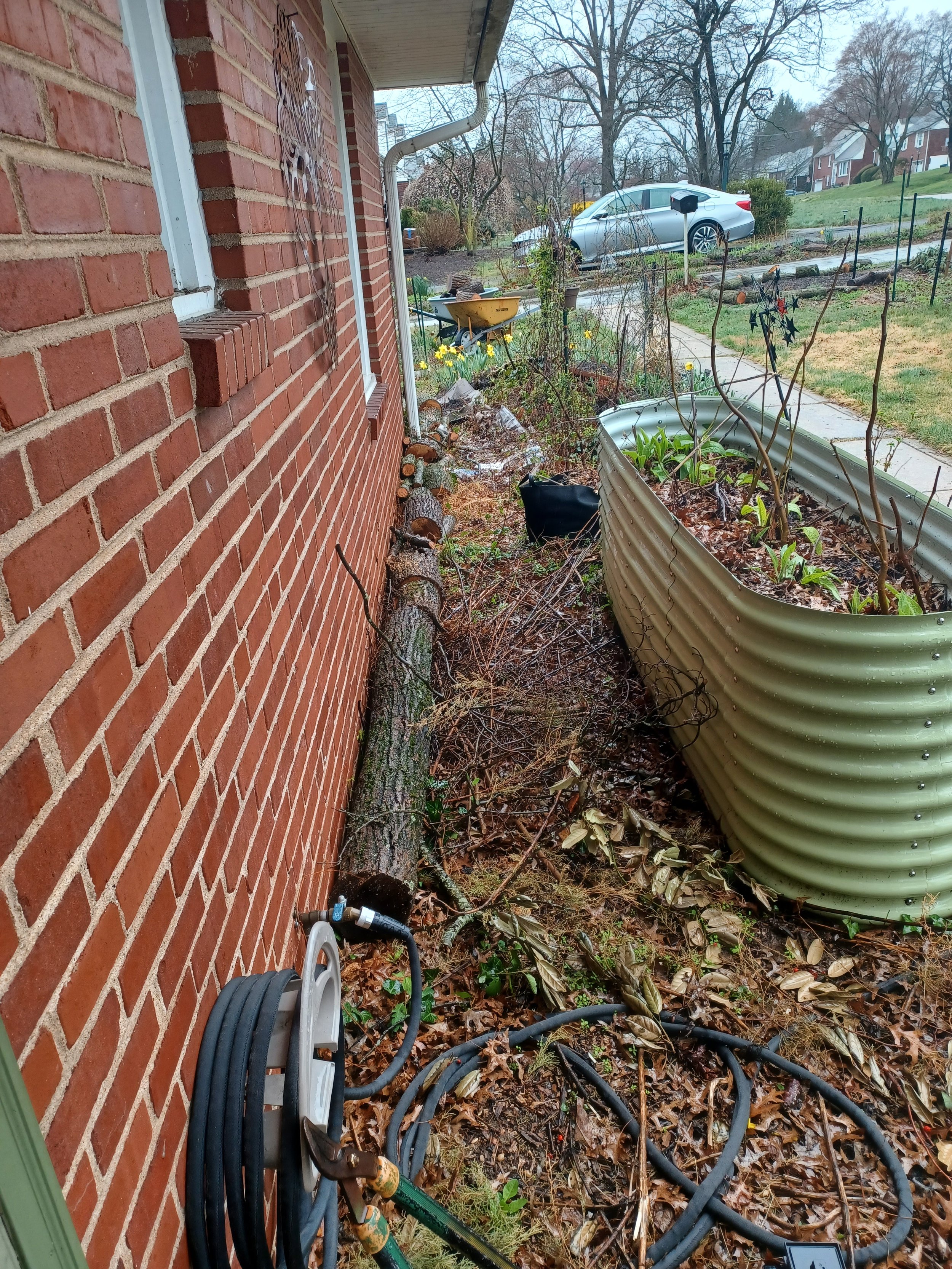The Latest Stories & News From SOS
4 Ways To Use Fallen Leaves to Improve Your Soil For FREE!
Did you know that you can use the leaves in your yard to help improve your soil's health for FREE? Using fallen leaves in your yard improves your soil's health and also reduces greenhouse gases by avoiding dumping them into a landfill as is the usual practice. Want to learn more? Check out this article!
5 Ways Soil Changes Throughout the Year
Did you know that soil changes during the Seasons just like other things in Nature? Who knew? Check out latest blog that describes how soil changes throughout the year, specifically in Southeast Pennsylvania.
3 Soil Tests: How They Can Help You Save Time & $$$$$
Did you know that fertilizer cannot fix or improve soil health? Understanding your soil’s health and its ability to uptake nutrients can help you to save $, resources and time- not to mention frustration! Read on for more!
How Healthy Soil Can Help You Save On Your Water Bill This Summer
I love Summer! But you have to admit, this Summer has been a scorcher with rain appearing in spirts. How do you keep your garden/lawn/property alive or thriving without breaking the bank your water bill? Simple! The answer is in the soil!
Recommended Elevated Garden Beds for Gardeners of All Ages & Mobility
Gardening is a rewarding activity for children of all ages and physical abilities! It gets you outside, communing with nature, and studies have shown that physically interacting with soil can improve your mental health!
Best Soil & Companion Plants for Growing Tomatoes
Nothing compares to a freshly grown tomato! Sweet yet tart and full of nutrients, these power houses of the fruit world are easy to grow if you have the right tools!
Client Question: What Can Be Done About Heavy Metal Contamination In the Soil?
Before you start work on a new garden space, its important to understand if your soil could be contaminated with heavy metals, such as Cadmium, prior to getting your garden set up. Check out this blog and SOS for advice as to how to mitigate Cadmium and other heavy metals!
Best Soil for Different Types of Gardening: Raised-Bed Gardening
Learn about the basics of raised-bed gardening as well as a basic recipe for raised-bed soil! Join us!
Best Soil for Different Types of Gardening: Container Gardening
Learn about the best soil for different types of gardening! This week, we are focusing on container gardening and growing in pots.
How Soil Can Make You Happy;)
Serotonin is a happy chemical, a natural anti-depressant and strengthens the immune system(1). Getting your hands dirty in the garden can increase your serotonin levels – contact with soil and a specific soil bacteria, Mycobacterium vaccae, triggers the release of serotonin in our brain according to research(1).
Alternate Ways to Keep Your Basement Dry with Permaculture Practices & Soil!
When it rains, the water flows toward this front brick wall and flows straight down to our basement. I observed this sloping and decided to try out installing a berm to help redirect the water away from my house. Berms are a simple water harvesting earthwork technique that are laid perpendicular to land slope, designed to intercept rainwater running down the slope and infiltrate this water in a localized area. I used logs and top soil to construct the berm and then planted micro clover on top to help hold the berm in place over time as well as produce a great source of nitrogen to my soil. The best part? I did this for a fraction of the cost it would have cost to get a new sump pump installed and I set up my property for success in the future. If you want to learn more about this water harvesting technique and how it can help you on your property, contact www.soil organic solutions.com !
Arbor Day 2024- Trees and Soil
To keep our trees happy and healthy thus keeping us happy and healthy, they need quality soil. Soil is the storage place for water and the nitrogen and minerals dissolved in water, which are needed by the tree to live and grow. The soil also provides a base for the tree to attach itself firmly in place. Soil serves as the foundation of woodlands, supporting trees, plants, fungi and other organisms. In fact, it can be considered an entire ecosystem of its own, as it provides habitat for thousands of species of microbes. These microbes transform nutrients in the soil into a form that is accessible for trees and plants to use, a process essential for tree health and growth.
Earth Day 2024!
2024’s Earth Day theme is “Planet vs. Plastic”
Over the past 60 years, around eight billion tons of plastic has been produced, according to a recent study in the journal Science Advances — 90.5 per cent of which has not been recycled. As a result, this year's Earth Day theme— “Planet vs. Plastic”— demands a 60% reduction in the production of all plastics by 2040. This reduction will prove to be a challenge considering the prevalence of plastic in our daily lives. What is being done about this issue? During the upcoming United Nations Intergovernmental Negotiating Committee in Ottawa, Canada from 23rd to the 29th of April, the goal is to develop an international legally binding instrument on plastic pollution, including in the marine environment, that will, as stated, “by early next year, actually ratify a new treaty at the United Nations to eliminate plastic pollution by 2040”.
How To Improve Your Soil Quality Spotlighting Comfrey
Comfrey is a perennial plant, meaning it comes back year after year. No need for repeat planting!
Comfrey is very beneficial, offering nitrogen, phosphorus and potassium for growing plants.No need for using petroleum based fertilizers!
Garden comfrey has high nutrient content and can be cut several times in a season. Comfrey's leaves are full of nitrogen, phosphorus and potassium - all nutrients needed by growing plants.Comfrey can be used all gardening and planting season!
Its leaves can be used as mulch around your plants by simply “chopping and dropping” the leaves in place. No need to be purchasing and lugging bags or wheelbarrows full of wood mulch around to use on your plants!
It produces pretty purple flowers that pollinators like bees love! If it's good for the bees, it's good for me!
What Impact Does an Eclipse Have on Soil?
When it comes to how solar eclipses impact soil biology/soil health, there does not seem to be a study examining exactly how solar eclipses impact the organisms contained within the soil. There is a study via Science Daily featuring the astonishing complexity of soil bacterial circadian clocks. This study showed that soil bacteria have internal clocks that synchronize their activities with the 24-hour cycles of day and night on Earth. New research shows just how complex and sophisticated these bacterial circadian clocks are, clearing the way for an exciting new phase of study. Maybe by the next total solar eclipse, August 23, 2044, there will be more to learn about a solar eclipse’s impact on our soil!
What Are Some Indicators of Soil Health?
Gardening time is right around the corner and before you plant, its important to pick a planting area with healthy soil that will not only support, but also to help your garden thrive!
Above is a picture of two soil samples from our property: The Left-Hand Side sample of soil is from along our black-top driveway. The Right-Hand Side sample of soil is from an old raised garden bed. Both areas get the same amount of sunlight and precipitation.
Based on our 5 senses, how can we judge and determine which soil area is more ideal for planting and supporting our potential garden? The Left-Hand Side sample of soil is a paler shade of brown, with no detectable odor. The soil from that area is greatly compacted from being right next to the driveway. The lighter shade of brown may indicate there is less organic matter present in the soil to support plants beyond grass. The fact that there is no odor may also indicate a lack of diverse biology present in this area of soil. The Right-Hand Side sample of soil is a rich, dark-chocolate brown color and has a fresh, earthy odor- thus indicating that this sample likely has more organic matter and healthy soil biology present to support garden plants beyond grass.

















